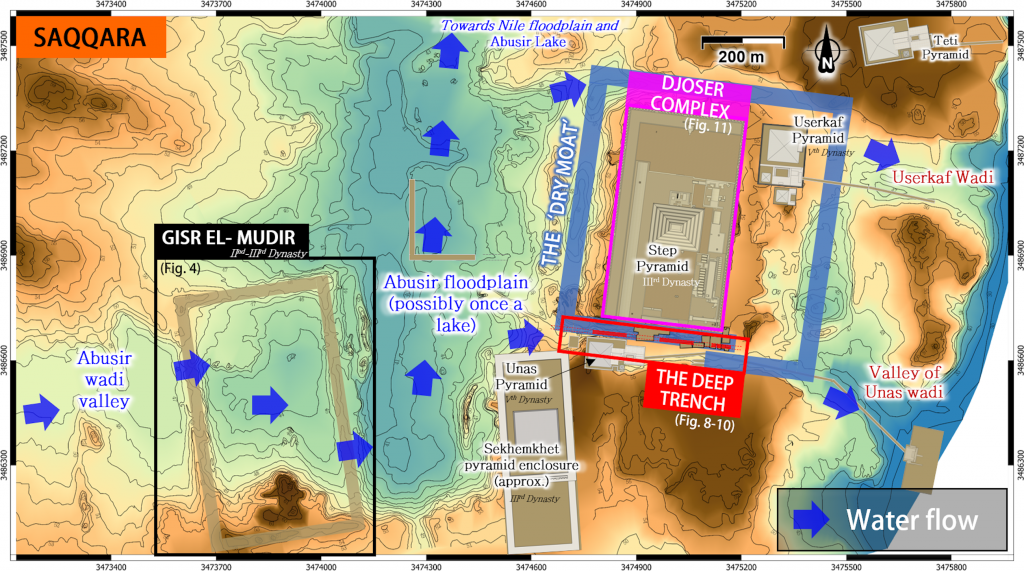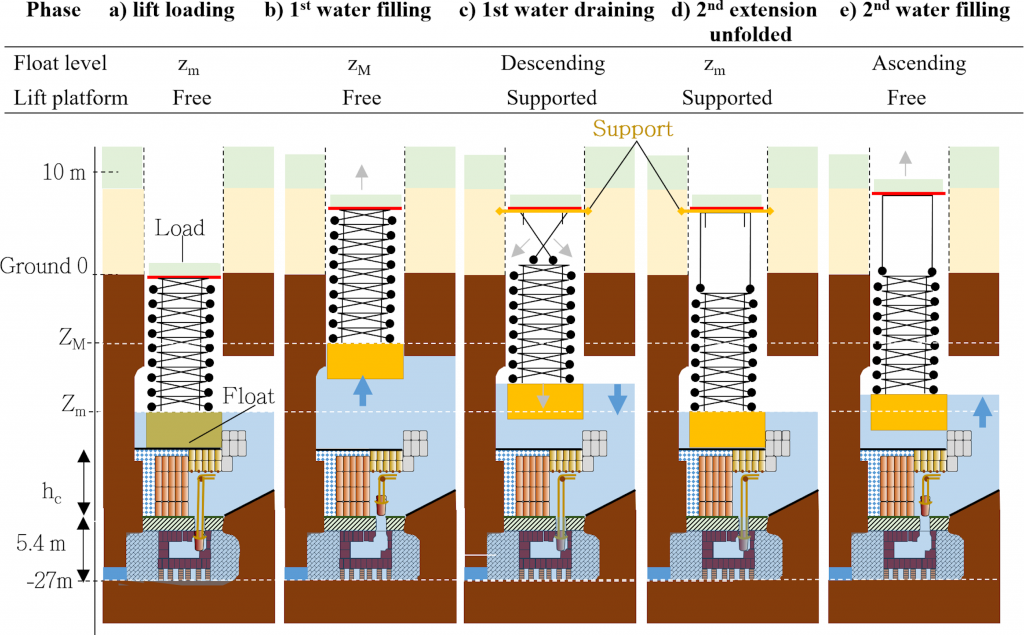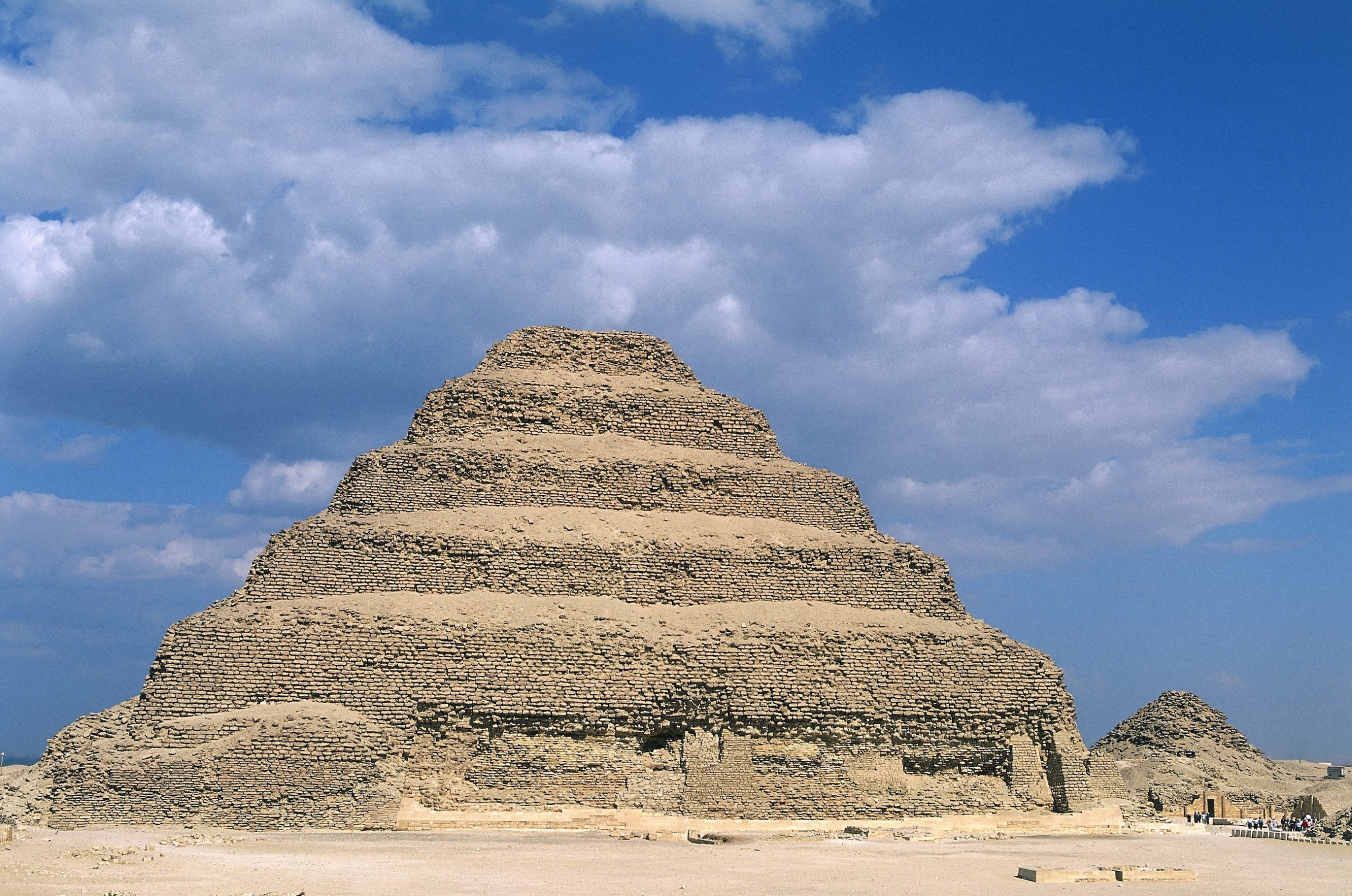The Step Pyramid of King Djoser on the Saqqara Plateau in northern Egypt is an impressive feat of engineering, and experts still do not understand the technology used to build it.
Built about 4,500 years ago, it is the oldest of the seven great pyramids. It stands over 200 feet tall and contains stones weighing more than 650 pounds. The structure pioneered the pyramid shape for the tombs of the pharaohs, as well as the technique of lifting stones and stacking them with precision. It was so revolutionary that its architect, Imhotep, was actually named, making him the first of his profession whose identity is known to history.
A team of nine experts from French universities and research centers led by Xavier Landreau of the private French research organization CEA Paleotechnic Institute has published a new article in the journal PLOS Oneand puts forward a bold new hypothesis about the construction of the pyramid.
They pointed out that experts have worked to identify the construction techniques used to build these incredible structures, including ramps, cranes and winches, but have generally studied smaller, later structures that are better documented. And, they argued, there are very few multidisciplinary analyses that incorporate disciplines such as hydraulics, geotechnical engineering and paleoclimatology, as they bring in.
Landreau and his colleagues said their investigations into a mysterious structure nearby had led to a controversial hypothesis. This previously unexplained massive structure, the Gisr el-Mudir enclosure, could have been a dam, they argued.

The topography of northern Saqqara, with Gisr el-Mudir on the left and the Djoser complex on the right. Image courtesy of PLOS One.
There may have been a temporary lake to the west of the complex, and water may have flowed within a “dry ditch” surrounding it, they said. This dry ditch, they explained, was a monumental, linear structure cut into the rock with successive deep chambers; it had all the technical requirements of a water treatment plant, namely a settling basin, a retention basin and a purification system that would have filtered out sediment. In this way, the Gisr el-Mudir and the dry ditch could have acted as a hydraulic system to improve water quality and regulate the flow.
However, they argued that the unprecedented discovery was that the internal structure of the Djoser pyramid showed the characteristics of a hydraulic lifting mechanism.
The ancient Egyptians were already known for their mastery of hydraulics, which they achieved, for example, in the construction of canals to irrigate farmland and in the transport of large stones by barge. Some experts even refer to them as an “early hydraulic civilization,” the paper added.

A sketch of the hydraulic lifting principle. Courtesy of PLOS One.
The scheme proposed by Landreau and his colleagues involved pouring water into a vertical shaft so that a pulley system could raise a float and lower a platform. Workers could then have placed the stones on the platform and drained the shaft, which would have lowered the float and raised the platform.
This new argument actually refutes the long-held assumption that all pyramids were tombs. This assumption has been maintained despite the fact that no such figures have been discovered and some of the rooms in question do not show funerary features such as funerary hieroglyphs or paintings that would support an interpretation of these structures as tombs, the new article says. Other experts have suggested purposes other than burial sites, in part citing floor plans and engineering features of some structures that would be unnecessarily complex or irrelevant for tombs, the article says.
“This is a groundbreaking discovery,” said Landreau Experience science live (Pun intended or not). “Our research could completely change the status quo. Before this study, there was no real consensus on what the structures were used for. One possible explanation was that they were used for burial purposes. We know that this is already the subject of debate.”
There are also critics of the paper.
“My biggest concerns about the study are that no Egyptologists or archaeologists were directly involved and that the authors actually question the use of the Djoser pyramid as a burial site,” Julia Budka, an archaeologist at the Ludwig Maximilian University of Munich, told Live Science. “Scientifically, their hypothesis is not proven at all.”
Follow Artnet News on Facebook:
Want to stay up to date in the art world? Subscribe to our newsletter and receive breaking news, insightful interviews and astute critical views that drive the discussion forward.

